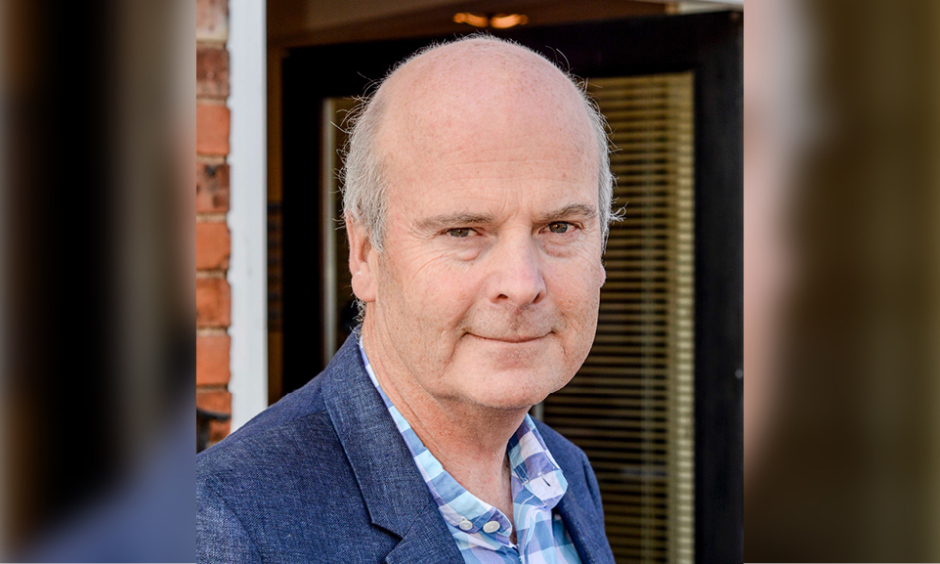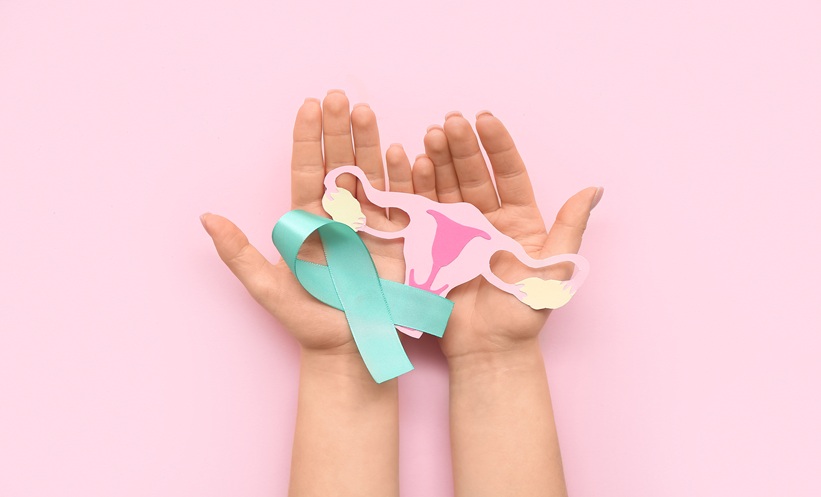Prof Andrew Shennan | Professor of Obstetrics, King’s College London, St Thomas’ Hospital, London, UK
![]()
Was there a particular event or person that inspired you to pursue a career in obstetrics?
I think it was a slow but very focussed realisation for me that this specialty would be my choice. Interested, passionate teachers implanted the seed. Then individuals with enthusiasm showed me how rewarding and worthwhile it could be. I have tried to emulate them. A medical career can be hard, and you hear a lot of negativity, particularly in a high-risk, 24/7 craft specialty with medicolegal pressures. The emotions in the specialty can be extreme but I have had no regrets about my choices.
Could you enlighten us on the overall mission of the National Institute for Health Research (NIHR)? You have been Reproductive Health and Childbirth Speciality Group National Chair, and are now the Director for the South London Clinical Research Network (CRN) and a national spokesperson.
Simply, the NIHR aims to improve the health and wealth of our nation. We have focussed on embedding research throughout the National Health Service (NHS) and social care. This unique research system in the UK has been very successful. The reproductive health specialty now recruits more participants to trials than any other specialty, in spite of women’s health previously having been a relatively poor relation in research. We now try to mimic this success across all specialties and, although South London is small, I’m proud to say that in 2020 we are the epicentre of research activity in the UK, thanks to all the CRN staff and leading on delivering the
COVID-19 studies.
You are involved with various charities, such as Action on Pre-eclampsia (APEC); Tommy’s, the Baby Charity; and Action Medical Research. Has advocacy in patient care always been a passion of yours?
Academic clinicians have a very privileged position in having time to evaluate and disseminate knowledge. However, uptake and implementation of research findings into clinical practice are equally important but not usually our remit. Delays in introducing innovation are all too common. The charity sector has an important role to play in bridging these gaps, understanding the user perspective, informing the research questions and delivery, and then presenting the findings to those who matter. I think it is an essential component of my job and allows me to engage with people from a more diverse background and understand the wider world. In short, charitable work aids in helping others; that’s why we are in this business!
Your current research interests include pre-eclampsia and interventions to predict and prevent preterm birth. What other areas of obstetrics do you believe merit wider attention?
As I get older and feel time is running out, you focus on the big questions. Global maternal mortality is probably the biggest, easily reversed injustice I can think of. In many countries it is hundreds of times greater than it could be, a reduction that could be achieved with relatively simple action. Bleeding, usually after delivery, is perhaps the biggest cause. My pre-eclampsia research has now branched out into detecting and managing haemorrhage in low-income settings. Simple things can make a big difference.
The most effective treatment for pre-eclampsia is the delivery of the baby; however, what treatment options are available for postpartum pre-eclampsia?
The paradox here is that timely delivery is also key to preventing serious complications with postpartum pre-eclampsia. The disease will go away with delivery, just not immediately. Our challenge is finding markers that allow us to justify earlier delivery, but not to do an unnecessary early delivery. We have also shown that routine delivery from 34 weeks in women who have pre-eclampsia in the UK may be justified (the PHOENIX trial), and our current work is evaluating this in low-income settings where the advantage of this could be much greater (CRADLE-4 trial).
In your opinion, what are the most significant breakthroughs and challenges you have seen in obstetrics during your time working in the field?
Remarkable developments have been seen in prenatal diagnosis in recent decades. Technology now allows us to rapidly detect abnormal babies, even through maternal blood samples. Options remain crude though, i.e., usually to end the pregnancy.
Perhaps the most significant challenge has been our ability to detect fetal distress during labour. The poor monitoring, coupled with our increasingly medicolegal, risk-averse culture, means that the caesarean section rate has tripled in my working lifetime, with only marginal benefit, if any, to mother and baby. Indeed, emergency caesareans are now known to cause preterm labour in future pregnancies, for example. This is a challenge for the next generation.
What are the key take-home messages from your recently published paper ‘Rule-in thresholds for DELFIA Xpress PlGF 1-2-3 test for suspected pre-eclampsia’?
This is one of the new blood tests that can accurately detect risk in women with suspected pre-eclampsia. We are fortunate that the NHS has decided to roll these out nationally. Many women will present with mild symptoms and signs, and it is impossible to know if they will be seriously ill or not require delivery for some months. This simple blood test will allow this triage. In the post-COVID-19 world, this is even more important where we don’t want unnecessary patient-facing episodes, but don’t want to miss women at risk.
We see that you often give advice to international organisations such as the World Health Organization (WHO) and The International Federation of Gynaecology and Obstetrics (FIGO). What do you hope to achieve within these roles?
My interest in patient care is worldwide. The vast majority of birth complications (>90%) do not occur in the USA or Europe, yet this is where most guidelines are from. These organisations (WHO/FIGO) tend to tailor their advice to the circumstances and resources in the real world where most women give birth. This is where we can make the biggest impact. I like to bring our sophisticated knowledge to those who really need it; the challenge is to learn from the rest of the world and build capacity and partnerships to achieve this. My international research has helped this enormously and I have a wonderful network of friends and colleagues around the world now.
Congratulations on being appointed an Officer of the Order for the British Empire (OBE) for your services to maternity care in 2018! Could you tell us how your work in this area has progressed since then?
This was a delightful surprise, and a genuine honour for me. The work has continued by rolling out national guidelines in preterm birth management, supported by NHS England. Our trials continue to fine-tune new and promising interventions to predict and prevent preterm birth. We have launched an app for prediction of preterm birth, and have shown some procedures (e.g., abdominal cerclage) are a life saver. We are now finding ways to disseminate this more quickly, via video and teaching others.
In 2017 you were awarded the prestigious Newton Prize, a fund for excellence in research and innovation in support of academic development and social welfare. Please tell us more about your work in low- and middle-income countries?
You probably have gathered my real passion is global health. Many individuals contributed to the success of this prize. More than 35,000 of our CRADLE Vital Signs Alert (VSA) device (to detect shock and blood pressure) have been disseminated in over 40 countries, and we are developing its use outside pregnancy (e.g., to detect malaria in refugee camps in Uganda, and anaemia in India). 3,000 devices in Sierra Leone have been redeployed to help with the COVID-19 crisis.








